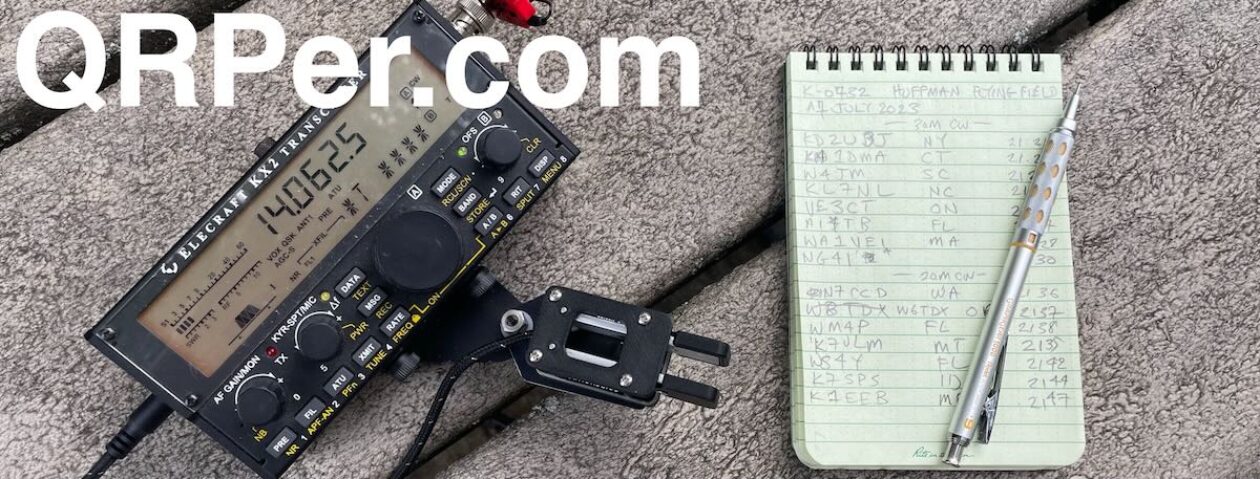 Many thanks to Conrad (N2YCH) who shares the following field report:
Many thanks to Conrad (N2YCH) who shares the following field report:
Field Report :POTA Activation K-0228, Stuart B. McKinney National Wildlife Refuge, Great Meadows Unit
by Conrad (N2YCH)
January 21, 2023
Parks On the Air’s Support Your Parks weekend event for winter 2023 is the third full weekend in January and I found myself without my Jeep. I sold my ten-year-old Jeep Wrangler and my new Jeep wasn’t due to be delivered until the following week, leaving me without my “POTA activation vehicle”. I ended up borrowing my XYL’s MINI Countryman to activate K-0228, but let’s face it, a MINI is not a Jeep. It didn’t have all of my “stuff” in it. I needed to get creative about what to bring along with me that would fit easily in the MINI, yet work well enough to activate the park.
I started with my backpack kit which contains an Elecraft KX3, battery, Signalink and computer (for FT8 and logging).
It includes everything I need to transmit and it’s easy to toss in the car. I just needed to decide on what antenna to use. Since it’s winter here in Connecticut and pretty cold outside, this would be an “in-the-car” activation and without the Jeep, my antenna options were limited. I could have brought my Sotabeams Tac-Mini which could fly my PackTenna EFHW up about 20’. However, anchoring the mast would be a challenge in the cold weather. In the end, I decided to bring my Buddipole tripod and nested mast, which are compact and fit in a small bag which fit right in the passenger seat. Continue reading MINI Portable: Conrad’s POTA field report from Stuart B. McKinney National Wildlife Refuge




























